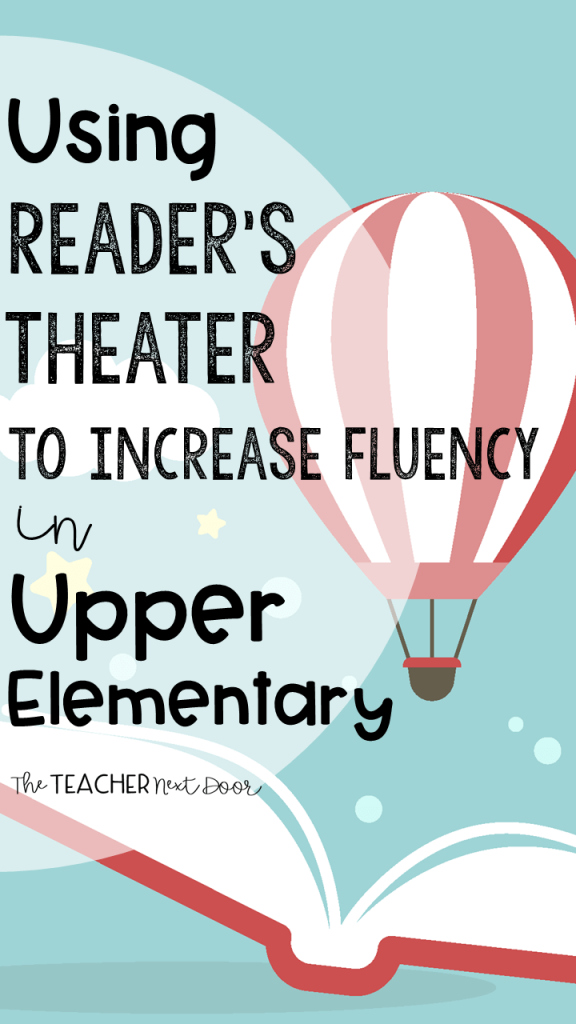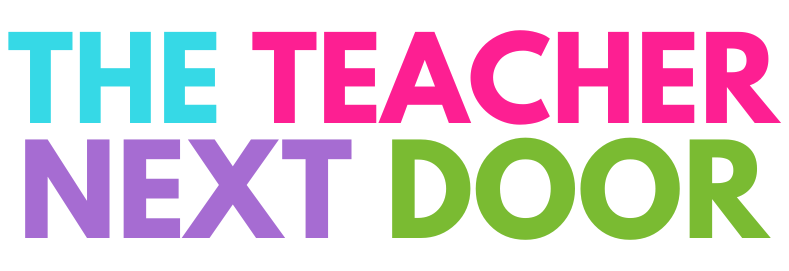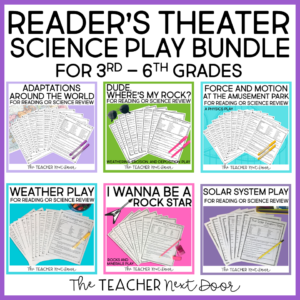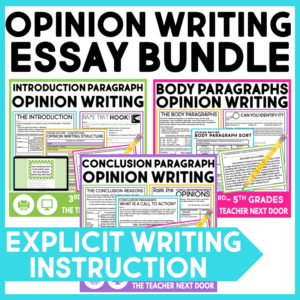
The National Reading Panel researched the essential components of reading in 2000 and came up with a list of five:
Phonemic awareness
Phonics
Vocabulary
Fluency
Comprehension
All of these are important parts of the reading process and each one influences the other.
Even though we know that reading fluency is important though, it seems to be the one component of reading that sometimes gets overlooked.
What is reading fluency?
Fluency is not simply the ability to read something quickly. Fluency means that a reader is able to read a text accurately, at an appropriate rate, while using phrasing and expression.
In upper elementary, text complexity dramatically increases from lower primary grades and students are regularly asked to read to learn. This means that for many kids, fluency can get bogged down, leading to comprehension difficulties.
Part of the difficulties upper elementary struggling readers face is that they haven’t yet developed automaticity in their reading. They struggle to piece together words, and phrases to make meaning. They spend so much time trying to decode, comprehension is lost and reading becomes a chore that they try to avoid.
Helping struggling readers is a complex issue that takes a multi-faceted instructional approach. Increasing fluency, however, is one of the pieces of this puzzle.
There are a number of ways to increase fluency in the upper elementary classroom:
- Modeling
- Audio-assisted reading
- Choral reading or paired oral reading
- Progress monitoring
- Repeated reading
While all of these fluency methods can be effective, repeated readings were found by the National Reading Panel to be the most effective way to increase fluency!
The beauty of repeated readings is that researchers have shown that they increase fluency, accuracy, as well as comprehension. Even better, the benefits carry over to unpracticed tasks!!! (Tyler & Chard, 2000)
When you think about it, repeated readings just make sense. It’s like a musician practicing a piece over and over again until it’s perfect. Or like a basketball player shooting free throws again and again.
My very favorite way to have students do repeated readings is by incorporating reader’s theater into the reading program.
When you add reader’s theater to your reading block, you not only are giving kids repeated reading practice for a genuine purpose, but you are helping to build their confidence in themselves as readers. Using reader’s theater is truly motivating for most readers! It’s a great way to engage kids and to help them see reading as a fun activity.
Using reader’s theater for fluency practice encourages kids to practice a set of text over and over again, to gain not only speed but proper phrasing and expression.
Reader’s theater encourages kids to build automaticity for their lines… and possibly for other lines in the script since (hopefully), they are reading along with their eyes when classmates are saying their own lines each time.
So, struggling readers, as well as good readers, benefit from working on reading fluency organically while practicing and performing a reader’s theater script.
I’ll be posting another article soon about how to organize a reader’s theater in the classroom!
Want to read more about Reader’s Theater? I wrote another post about 5 Reasons You Should Be Using Reader’s Theater in the Classroom if you’d like to read it.
If you’ve ever searched for reader’s theater scripts that are highly engaging for upper elementary students, you’ll know that sometimes, they can be hard to find.
You can make up your own, of course, but if you’d like a ready-made script, I do have several for 3rd – 6th grades that I’ve created:
- I Wanna Be a Rock Star
- Solar System
- Weather Play
- Adaptations Around the World
- Dude, Where’s My Rock? (Weathering, Erosion, and Deposition Play
- Force and Motion at the Amusement Park
You can definitely use these for fluency practice, to incorporate science into reading, or to use as a whole school or parent performance if you’d like. Each script is kid-approved (lots of humor) and comes with very complete teacher notes!
Thanks so much for stopping by!

















